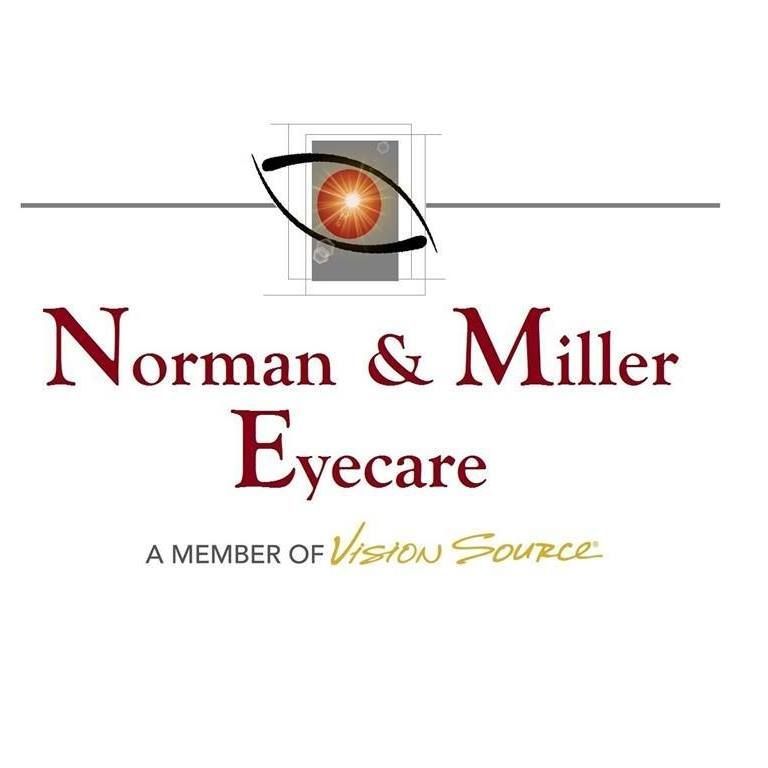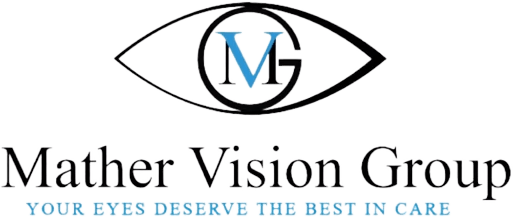Call Us Now: (765) 742-1955
Blog Layout
What Is a Vision Test?

Never visited an eye doctor before for a vision test? Don’t worry. You’re not alone. Every year, many American’s avoid their eye exam appointments for a variety of reasons: their eyes are fine, they don’t wear glasses, or because they don’t know what to expect. If you’re wondering just what is a vision test, it can be intimidating to visit an optometrist. But what you might not know is that yearly vision tests are essential for healthy eyes. Eye doctors are here to make sure your vision stays clear and comfortable, as well as to find any medical conditions that may occur. They’re here for your benefit, and it’s important to take advantage of vision tests to keep your eyes strong and healthy.
Types of Vision Tests
hat is a vision test? How do they work, and what do optometrists look for? We know these are just some of many questions for those of you visiting an eye doctor for the first time. Here is a guide on the different tests we offer:
Visual Acuity Vision Test
This is probably the most common type of vision test, and one many people are already familiar with. A visual acuity test measures how clearly you can see certain details from a predetermined distance. Visual acuity can be determined by using the Snellen Test, which is a large chart with various letters written out in different sizes. The smallest size letter a viewer can read determines your visual acuity. Another way this can be tested is with the “Random E’s” test. This requires the viewer to determine which direction the letter E is facing, either up, down, left, or right.
Your visual acuity score is measured by a fraction. Perfect vision yields a score of 20/20, which means the viewer can see the same letters at 20 feet away what another normal viewer could also see at 20 feet. If your vision is less than perfect, you might receive a score of 20/40 or 20/50. This means what a normal person can see at 40 or 50 feet away, you must be standing at 20 feet. Some individuals may have vision that is better than perfect, which can be represented by scores such as 20/15 or 20/10. Whatever your score may be, having an eye doctor determine your visual acuity will help you understand your sight abilities and can lead to corrective measures if necessary.
Refractive Error Vision Test
This is another common vision test that determines the refractive error of your eyes, or when your eye is shaped in a way (longer or shorter) that doesn’t allow light to focus directly on your retina. This causes your vision to be blurry, but can easily be corrected with glasses or contacts.
The refractive error of your eye is measured using a numerical score called a Diopter. This is used to determine the amount of correction that is needed for your contacts or glasses. There are four different categories the diopter measurement can fall within:
Nearsightedness
This means that objects far away from the viewer are blurry, because light entering your eye is focusing in front of your retina. This can be represented by a negative number, such a -2.00 or -4.75. The lower the number (more negative) the higher the refractive error.
Farsightedness
This means that light is focusing behind your retina, making it difficult to see objects up close. Individuals with farsightedness have a positive refractive error score, such as +1.00. The higher the number, the higher the viewer’s refractive error.
Astigmatism
This is another common refractive problem that affects the curvature of your eye, which can also cause blurred vision. There are several types of astigmatisms, but they aren’t harmful and most can easily be corrected with contacts or glasses.
Presbyopia
This is similar to farsightedness, but is typically onset with age. As we grow older, it becomes more difficult for your eyes to focus on object up close. People who have this refractive error typically wear bifocal contacts or glasses.
Visual Field Vision Test
This is a test to see how accurate your peripheral vision is, or how far you can see on the sides of each eye. This is used to make sure your eyes can see more than what is just straight in front of you. Making sure you have a wide visual field is important for many everyday functions such as driving a car. This is easily tested by eye doctors by repeatedly shining a light beam in various areas of your peripheral vision.
Color Blindness Vision Test
Color blindness is when one’s eye lacks certain color photoreceptors, making it impossible to distinguish between certain types of colors when placed next to each other. This vision deficiency is not an uncommon occurrence, with roughly 1 of 12 men and 1 of 20 women who experience color blindness. The most common types of colorblindness are where the patient is missing red, green, or blue photoreceptors. Your eye doctor can test for color blindness by having you view a circle with colored spots that spell out a number or letter, and testing whether the patient can read it. Permanently correcting color blindness is impossible, but most individuals can live a full and healthy life without noticing a difference. There are also some lenses that have light filtering properties that can help patients more easily distinguish between colors.
What to Bring to a Vision Test
Now that you’re familiar with the different types of vision tests you can take, you need to prepare for your exam visit. Here are a few things you should make sure to bring to your appointment:
Patient History Form
This is easily downloaded off the Mather Vision website, and is a way for our doctors to familiarize themselves with your previous medical history. You can either fill this out before your appointment or pick up a copy at our front desk.
Insurance Information
We take a variety of different insurance providers, including BCBS, Arnett HMO, the City of Lafayette, Purdue, Alcoa, and Caterpillar. If your health insurance covers vision tests, this information is important to bring.
Glasses and/or Contacts
If you currently wear glasses or contacts, it may be a good idea to bring them with you. Our vision tends to change over time, and it’s important for your eye doctor to know what current prescription you are using.
Someone to Drive You Home
For some people, vision tests can be strenuous on your eyes. Your eyes may have been dilated (enlarged pupils) or you’ve been looking at bright lights for a long time. This can moderately impact your vision for a brief period of time, so it’s helpful to have a friend or family member drive you home to keep you safe on the roads.
Knowing what is a vision test can help you be sure to attend yearly checkups and maintain the health of your eyes. If you have any additional questions or concerns about your next eye appointment, don’t hesitate to call or email Mather Vision Group.
Share
Tweet
Share
Mail

13 Mar, 2024
Dr. Steven C. Mather 1401 Union Street Lafayette, Indiana 47904 765.742.1955 Dear Esteemed Patients, After 43 years of dedicated service, it is with mixed emotions that I announce my retirement from my medical practice as of March 9th. It has been an incredible journey, one that I have cherished every moment of, and I am looking forward to spending more time on my new title of Grandpa. Our practice has rich history that dates back to 1946 with Dr. Peterson and in 1959 my uncle, Dr. Robert Mather, succeeded him. I was overjoyed to continue his legacy when I took over the practice in 1989. Over the years, we have built strong relations with our patients, and for that, we are profoundly grateful. Your loyalty and trust have been the driving force behind our success, and we cannot thank you enough for allowing us to be part of your lives for the past 78 years. I am thrilled to inform you that I have chosen to entrust the future of our practice to our friends at Norman and Miller Eyecare. They bring with them a wealth of knowledge, skill, and compassion, ensuring that you will continue to receive the highest quality of care. As I embark on this new chapter of my life, I do so with deep sense of gratitude and appreciation for each and every one of you. While I will miss seeing your familiar faces in the office, I am confident that you will be in excellent hands with Norman and Miller Eyecare. Please join me in welcoming them to our practice and continuing to entrust them with your healthcare needs. They share our commitment to providing personalized, compassionate care, and I am confident that they will uphold the legacy that we have worked so hard to build. They will continue to serve you at our 1401 Union Street location, however, if there is a location more convenient to you, your records will be available at all Norman and Miller Eyecare locations. Thank you once again for your trust and support over the years. It has been an honor and privilege to serve you, and I look forward to watching our practice flourish under the new leadership. With Warm Regards,
Phone: (765) 742-1955 | Fax:
(765) 742-2020 | Address: 1401 Union Street, Lafayette, Indiana 47904-2059
Content, including images, displayed on this website is protected by copyright laws. Downloading, republication, retransmission or reproduction of content on this website is strictly prohibited. Terms of Use
| Privacy Policy


